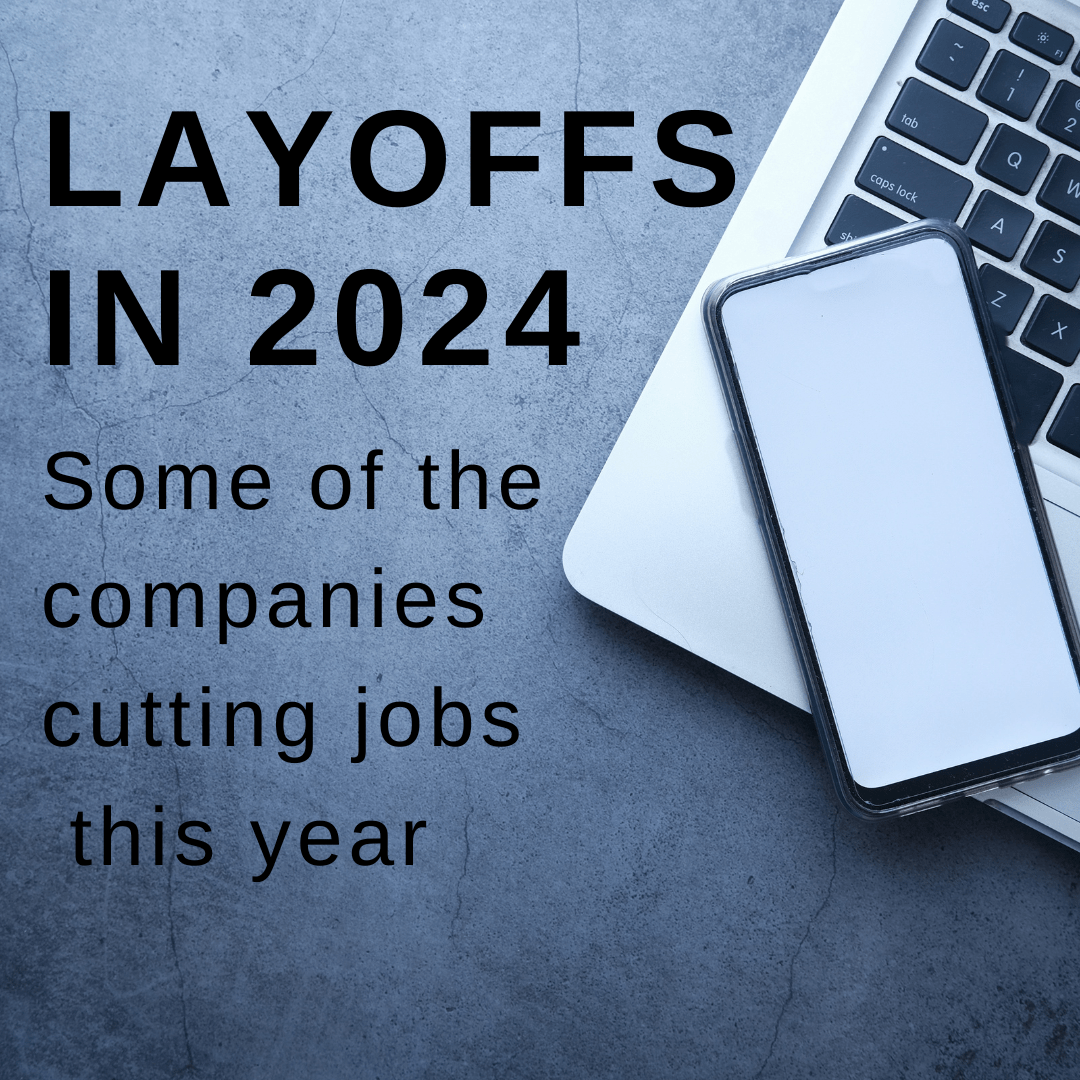In the ebb and flow of the global economy, job layoffs are often a harsh reality. Despite efforts to maintain stability, companies occasionally face circumstances that necessitate workforce reductions. The year 2024 has been no exception, with several prominent organizations undergoing restructuring that led to employee terminations. These events serve as poignant reminders of the volatile nature of modern business landscapes and offer valuable lessons for both employers and employees alike. Navigating the Waves of Job Layoffs: Lessons from Companies in 2024

1. Tesla’s Strategic Shift
In early 2024, Tesla, the innovative electric vehicle manufacturer, announced a significant workforce reduction. The decision came as part of the company’s strategic shift towards enhancing operational efficiency and focusing on core business priorities. While Tesla cited reasons such as streamlining processes and adapting to market dynamics, the move nonetheless impacted a notable portion of its workforce. This underscores the importance of agility in responding to industry changes, albeit with sensitivity towards affected employees.
2. Airbnb’s Response to Market Challenges
Another notable instance occurred in the hospitality sector, with Airbnb announcing layoffs in response to evolving market conditions. The company, known for its disruptive approach to accommodation services, faced headwinds amid shifting consumer preferences and regulatory pressures. Consequently, Airbnb made the difficult decision to downsize certain divisions, aligning its resources with strategic objectives. This highlights the imperative for businesses to anticipate and adapt to market disruptions proactively.
3. IBM’s Restructuring Efforts
In a bid to streamline operations and foster innovation, IBM embarked on a restructuring initiative in 2024. The technology giant aimed to realign its workforce to focus on emerging technologies such as artificial intelligence and cloud computing. While these efforts signaled IBM’s commitment to remaining competitive in a rapidly evolving tech landscape, they also resulted in workforce reductions. The case of IBM underscores the importance of balancing short-term adjustments with long-term strategic vision.
4. Retail Realities: Walmart’s Workforce Reductions
Even stalwarts of the retail industry were not immune to the winds of change. In 2024, Walmart, the world’s largest retailer, announced layoffs affecting certain corporate positions. The decision came amidst a broader transformation aimed at enhancing operational efficiency and accelerating digital initiatives. Despite its formidable market presence, Walmart recognized the need to adapt to shifting consumer behaviors and technological advancements, albeit with implications for its workforce.
Key Takeaways for Businesses and Employees
The aforementioned instances of job layoffs in 2024 offer valuable insights for businesses and employees navigating turbulent waters:
1. Adaptability is Paramount: Companies must remain agile in responding to market dynamics, embracing change as an opportunity for growth rather than solely a challenge to be endured.
2. Strategic Vision Guides Decision-making: While short-term adjustments may be necessary, organizations must align workforce decisions with long-term strategic objectives to ensure sustained relevance and competitiveness.
3. Prioritize Employee Support: Amidst restructuring efforts, companies should prioritize supporting affected employees through comprehensive transition assistance programs, including retraining and outplacement services.
4. Resilience and Upskilling: Employees, on their part, should cultivate resilience and invest in upskilling to remain adaptable in dynamic job markets, enhancing their employability and future prospects.
In conclusion, job layoffs in 2024 serve as poignant reminders of the inherent volatility of modern business environments. By embracing adaptability, maintaining strategic foresight, and prioritizing employee support, companies can navigate these challenges while fostering resilience and sustainable growth. Similarly, employees can seize opportunities for self-improvement and skill development, empowering themselves to thrive amidst change. Ultimately, in the ever-changing landscape of work, the ability to weather storms and emerge stronger lies in our collective capacity to evolve and innovate.
